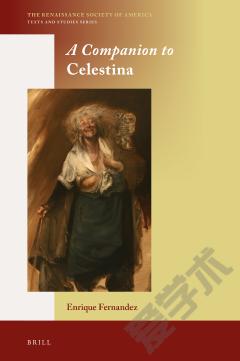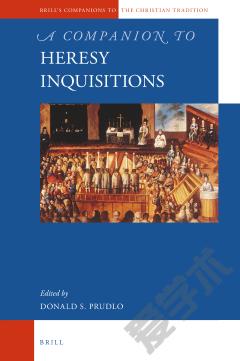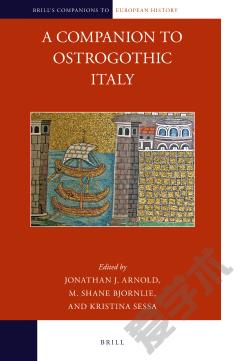A Companion to the Etruscans
This new collection presents a rich selection of innovative scholarship on the Etruscans, a vibrant, independent people whose distinct civilization flourished in central Italy for most of the first millennium BCE and whose artistic, social and cultural traditions helped shape the ancient Mediterranean, European, and Classical worlds. Includes contributions from an international cast of both established and emerging scholars Offers fresh perspectives on Etruscan art and culture, including analysis of the most up-to-date research and archaeological discoveries Reassesses and evaluates traditional topics like architecture, wall painting, ceramics, and sculpture as well as new ones such as textile archaeology, while also addressing themes that have yet to be thoroughly investigated in the scholarship, such as the obesus etruscus, the function and use of jewelry at different life stages, Greek and Roman topoi about the Etruscans, the Etruscans’ reception of ponderation, and more Counters the claim that the Etruscans were culturally inferior to the Greeks and Romans by emphasizing fields where the Etruscans were either technological or artistic pioneers and by reframing similarities in style and iconography as examples of Etruscan agency and reception rather than as a deficit of local creativity
{{comment.content}}








 京公网安备 11010802027623号
京公网安备 11010802027623号